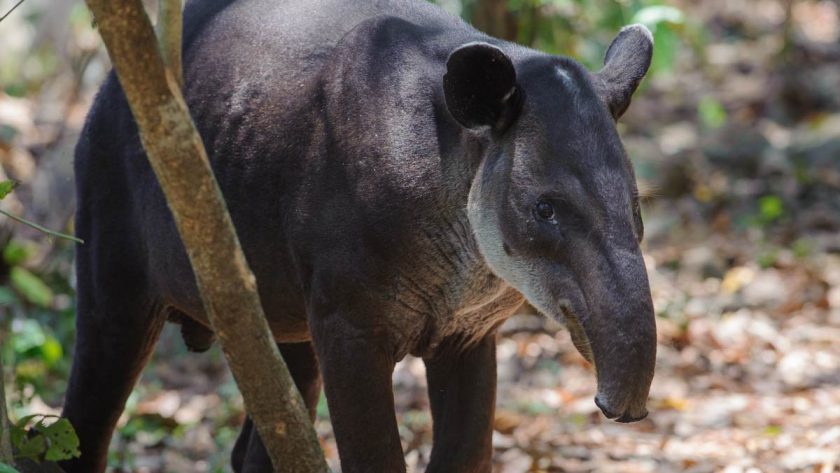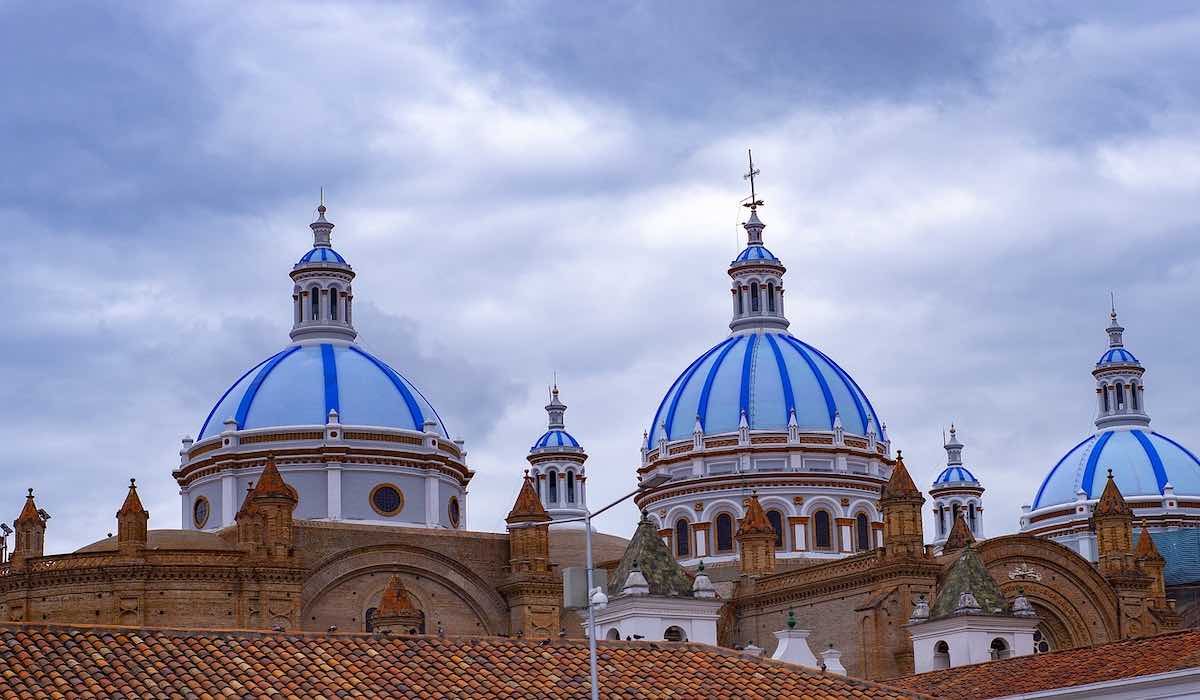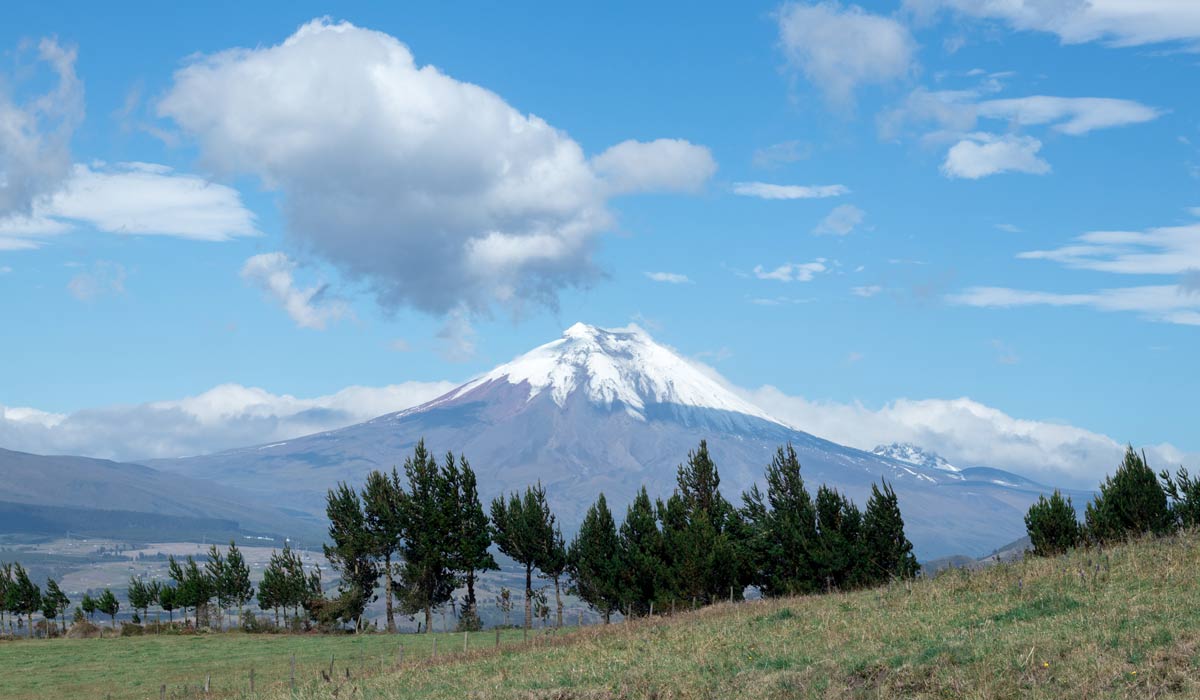This post is also available in:
 Español
Español
Located in the province of Sucumbíos, in the northeast of Ecuador, we find the Cuyabeno Reserve, the largest wetland in the Ecuadorian Amazon with more than 590 hectares.
It is considered one of the most biodiverse places on the planet, and it is not surprising considering that no other place on Earth shows such a wide diversity as the Amazon.
When we talk about diversity, we mean flora and fauna. That’s why you can’t imagine how many species you can discover in this place. Today we talk about the different animals that you can find in the Cuyabeno Reserve and that for sure will call your attention.
Monkeys

Cuyabeno registers 10 different species of monkeys including Capuchins, Barizos, Akis and Bariños.
So if you go on an excursion through the Cuyabeno Reserve, you are very likely to meet one of them. They are everywhere, and they are hilarious!
Tapirs
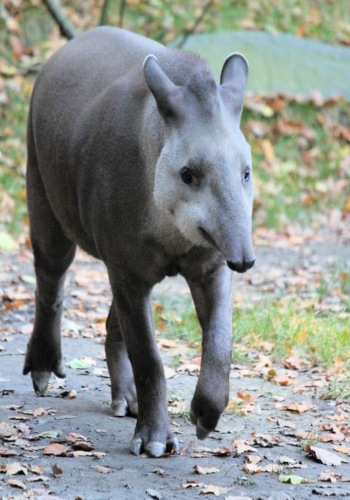
One of the most curious animals to see in Cuyabeno are the lowland tapirs, native animals of the Amazon rainforest. They belong to the same order as horses and rhinos, which are their closest living relatives, although tapirs are much smaller.
It is unusual to see them, but perhaps you will be lucky enough to see one of them.
Pink dolphins
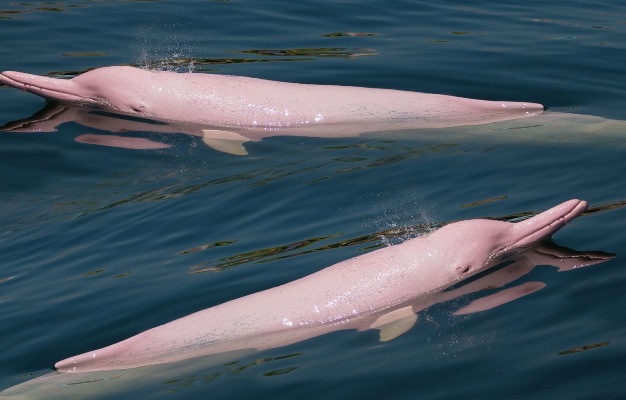
The pink dolphins of the Amazon are the largest river dolphins, up to 2.5 meters long. Their beautiful pink color is striking and intensifies as they reach maturity.
They are very friendly, intelligent, and curious animals, so it wouldn’t be surprising if you saw one during your tour of Cuyabeno.
Manathies
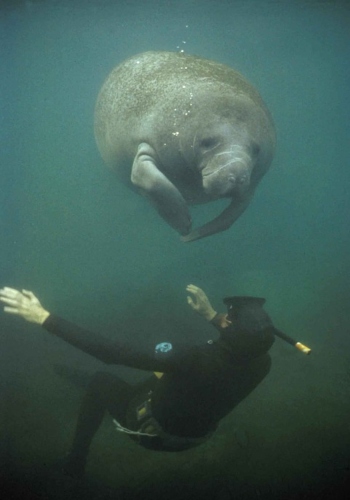
The Amazon Manatee is a fairly large specie of sirenian, usually measuring about 2.8 meters and weighing up to 500 kilos.
It is a very shy animal although it feeds mainly on surface vegetation so you might be lucky enough to see it. If not, you will probably hear its sounds, perceptible to the human ear.
Black alligators
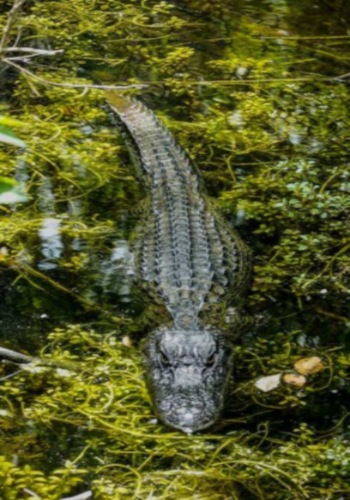
Black Caimans have a characteristic black colour and can reach 6 meters, so they can devour animals such as tapirs and other large mammals. If one approaches you, you better run!
During the excursions to the Cuyabeno Reserve, tours are usually made along the river after dark, in search of these and other nocturnal animals. But don’t worry, everything is under control.
Giant otters
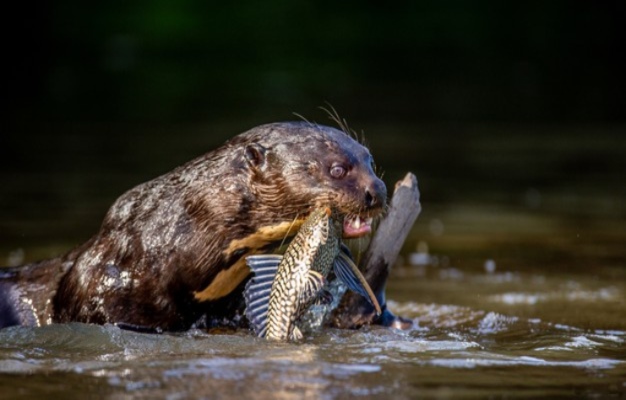
The giant otter, as its name suggests, is the largest in the world, measuring almost two meters in length and weighing 30 kg. They are especially noisy, active and curious.
Their conservation status is also threatened and it is estimated that only a few thousand specimens are in the wild.
Birds
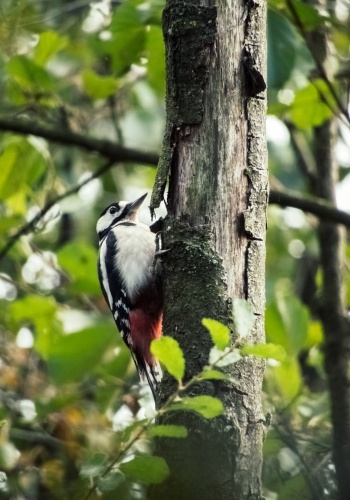
Birds are the jewels of the Amazon and in the Cuyabeno Reserve, there are about 550 different species of birds registered. Among the most important species living inside the reserve are the Macaws, the Woodpeckers, the Tanagers or the Toucans. Many of the species are threatened, and others are infrequent to see.
Fish
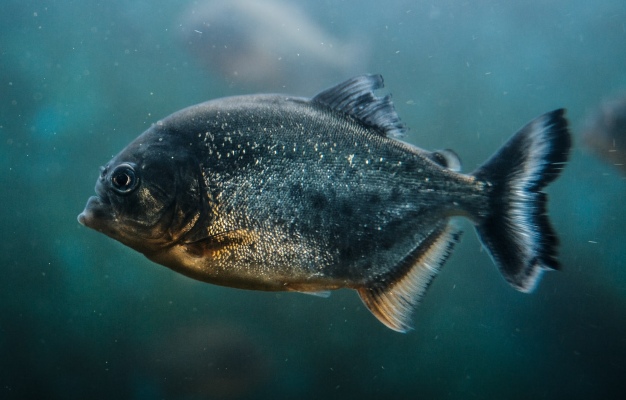
The Cuyabeno reserve is considered one of the richest areas in ichthyofauna (fish stock, wow). Thanks to the number of water resources, many studies indicate that there are 475 species of fish, more than in any other basin in Ecuador. Among them are the white piranha and the pacu fish, native to these waters.
Did you know all these species of animals? Now that you have a better idea of the animals you can find in the Cuyabeno Reserve, all you have to do is travel there and be lucky enough to see them in person!

